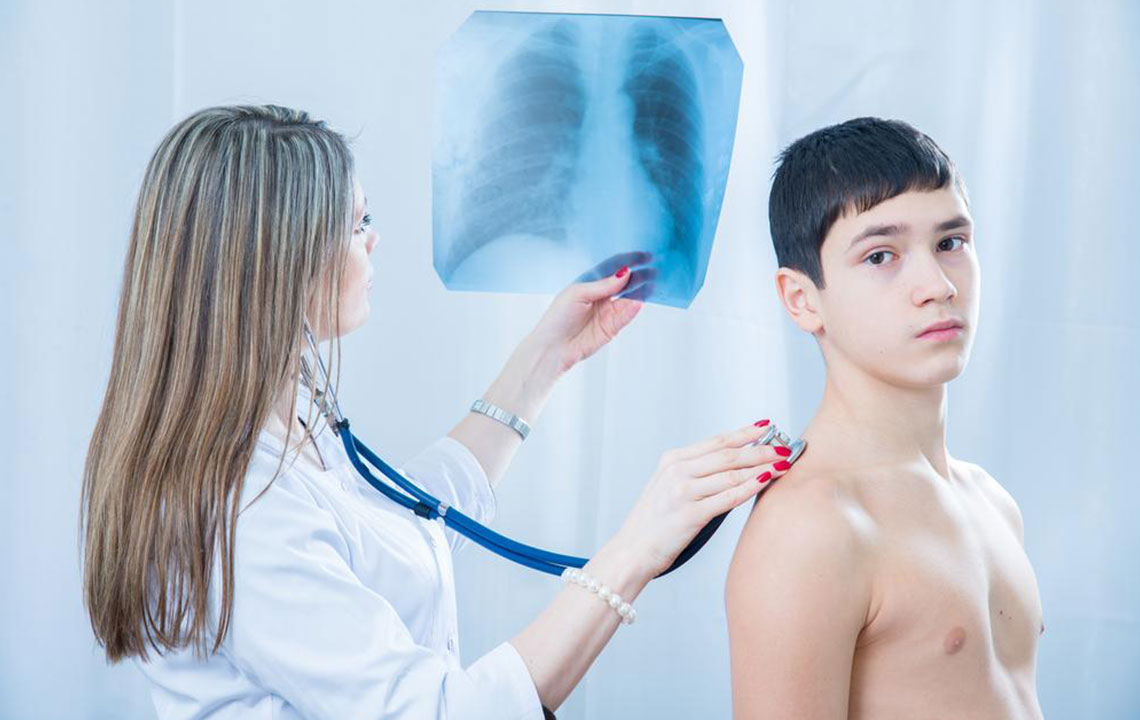An Overview Of Bacterial Pneumonia
An overview of bacterial pneumonia
Most infections in the body are either bacterial or viral in nature. Both these sources of infections are quite common and create a host of problems for the human body. However, diagnosing the infection is quite crucial to chart out a course of treatment and take the right medication. The following are some important insights about one such infection, bacterial pneumonia, that are good to know about:

What is bacterial pneumonia?
- Pneumonia is a common lung infection, where the air sacs of the lungs get inflamed.
- The sacs of the lungs may fill up with cellular debris, pus, or fluids.
- While the cause of pneumonia may be attributed to virus and fungi also, the main concern of this article is pneumonia caused by bacteria.
- The reach of bacterial pneumonia may be limited to a certain portion of the air sacs in the lungs, or it may even spread to the whole lungs.
What are the main causes of bacterial pneumonia?
- The primary reason for a person getting affected by bacterial pneumonia is bacteria that affects the lungs and keeps aggravating.
- People who have weak immune systems due to disease, age, or malnutrition are also at high risk of getting this infection.
- One type of bacterial pneumonia is community-acquired pneumonia, wherein an individual contracts the infection due to the bacteria present outside of a healthcare setting.
- Hospital-acquired pneumonia is caused due to exposure to germs that are present in a medical setting.
What are the symptoms of bacterial pneumonia?
Bacterial pneumonia can produce the following symptoms in an individual when it affects them:
- A cough with green mucus or a tinge of blood in the mucus. It may even appear to be yellow.
- One common symptom may also be a throbbing pain in the chest, which worsens with sneezing or coughing.
- There may also be a sudden onset of chills, which may be severe enough to make the infected person shake and shiver.
- The patient may also have fever ranging between 102 and 105 degrees Fahrenheit.
- Some other common symptoms may also include muscle pain, a headache, the skin becoming moist or pale, loss of appetite, swelling, and severe fatigue.
How is bacterial pneumonia diagnosed?
- The doctor may look for any abnormal chest sounds.
- A blood test may be carried out to look at the count of the white blood cells.
- A blood culture may also be required to see how far along the infection has spread.
- A sample of mucus, or a sputum sample, may be studied to determine the type of bacteria.
- A chest X-ray may be required for confirming the extent and presence of the infection.
Are there any natural remedies available for bacterial pneumonia?
Yes, there are some natural remedies available for relief from bacterial pneumonia:
- Saltwater gargles are known to clear lung infection and also heal throat infection.
- Eucalyptus, fenugreek tea, and peppermint tea are also good remedies.
- Caffeine has also been shown to alleviate the symptoms of pneumonia.
- Damp and warm air created through steam may also help in making the symptoms of pneumonia less severe.
- For chest pain, ginger and turmeric tea may act as an ideal solution.
What are the treatment options available for bacterial pneumonia?
- A patient suffering from bacterial pneumonia would necessarily need to undertake an antibiotics course.
- The patient would also need to drink plenty of fluids in order to stay hydrated.
- Sometimes, hospitalization is required for constant monitoring of the patient’s condition.
- If the infection increases too much, the patient may also need to use a breathing tube, which is inserted into the windpipe to ease the breathlessness and help the individual breathe.
- In severe cases, the patient may also need to be admitted in an intensive care unit.
- It is crucial to note that pneumonia is the sixth most common cause of death in the country. The aforementioned pointers cover all the important information regarding bacterial pneumonia.




